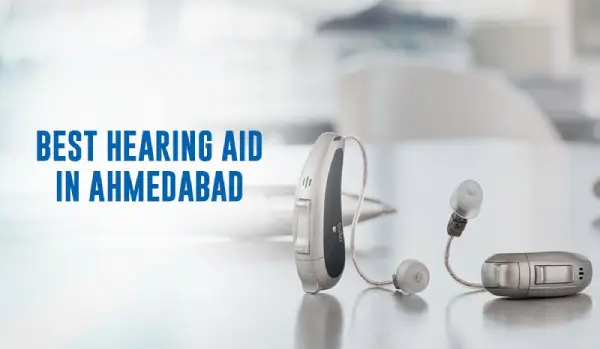Hearing aids have come a long way from the bulky, obvious devices they once were. Today, they are sleek, sophisticated, and packed with advanced technology. But with so many options on the market, how do you know which one is right for you? The answer largely depends on your degree of hearing loss, lifestyle, and personal preferences. In this article, we’ll break down the various types of hearing aids and explain how to select the most suitable option based on the severity of hearing impairment. Plus, we’ll explore the critical role that an ENT specialist, such as Dr. Manish Goyal, plays in guiding patients through this important decision.
Types of Hearing Aids
Choosing the right hearing aid means understanding the different types available. Each style offers unique benefits, and the decision often depends on the severity of hearing loss, comfort, and aesthetic preference.
1. Behind-the-Ear (BTE) Hearing Aids
BTE hearing aids are worn behind the ear and connected to an earmold that sits inside the outer ear. They are commonly recommended for individuals with moderate to severe hearing loss. One of their key advantages is their larger size, which allows for better amplification and features like Bluetooth connectivity.
2. In-the-Ear (ITE) Hearing Aids
ITE hearing aids fit inside the outer ear and are typically used for mild to severe hearing loss. They are smaller than BTE models but still large enough to offer a range of features, including directional microphones. Their custom fit makes them a comfortable and relatively discreet option.
3. Completely-in-Canal (CIC) Hearing Aids
As the name suggests, CIC hearing aids sit entirely within the ear canal. They are nearly invisible and ideal for people with mild to moderate hearing loss. Although they offer a high level of discretion, their smaller size means they may lack some of the advanced features found in larger models, like directional microphones and volume control.

Choosing the Best Hearing Aid in Ahmedabad Based on Severity of Hearing Loss
When selecting a hearing aid, it’s crucial to consider the severity of your hearing loss. Here’s a basic guide to help:
- Mild hearing loss: For those with slight hearing difficulties, smaller, more discreet devices like CIC hearing aids are often sufficient. These offer subtle amplification without being noticeable.
- Moderate hearing loss: ITE or BTE hearing aids are typically recommended. They provide a good balance between power, comfort, and additional features like directional microphones and noise reduction.
- Severe hearing loss: BTE hearing aids are generally the best choice for severe hearing loss. Their larger size allows for stronger amplification and additional features that can greatly improve hearing in noisy environments.
The Role of ENT Specialists in Hearing Aid Selection
Choosing the right hearing aid is not something you should do alone. An ENT specialist, like Dr. Manish Goyal, plays a vital role in this process. ENT doctors (ear, nose, and throat specialists) can diagnose the type and extent of your hearing loss and recommend the best course of treatment, which may include hearing aids. They consider factors like your specific hearing challenges, lifestyle needs, and budget to ensure you get the most effective device. Moreover, they can make necessary adjustments and offer follow-up care to ensure the device works as effectively as possible.
 +919979891672
+919979891672 











No Comments